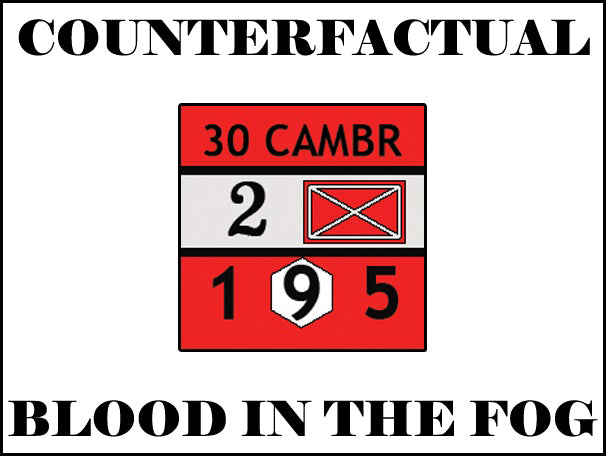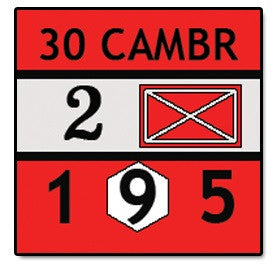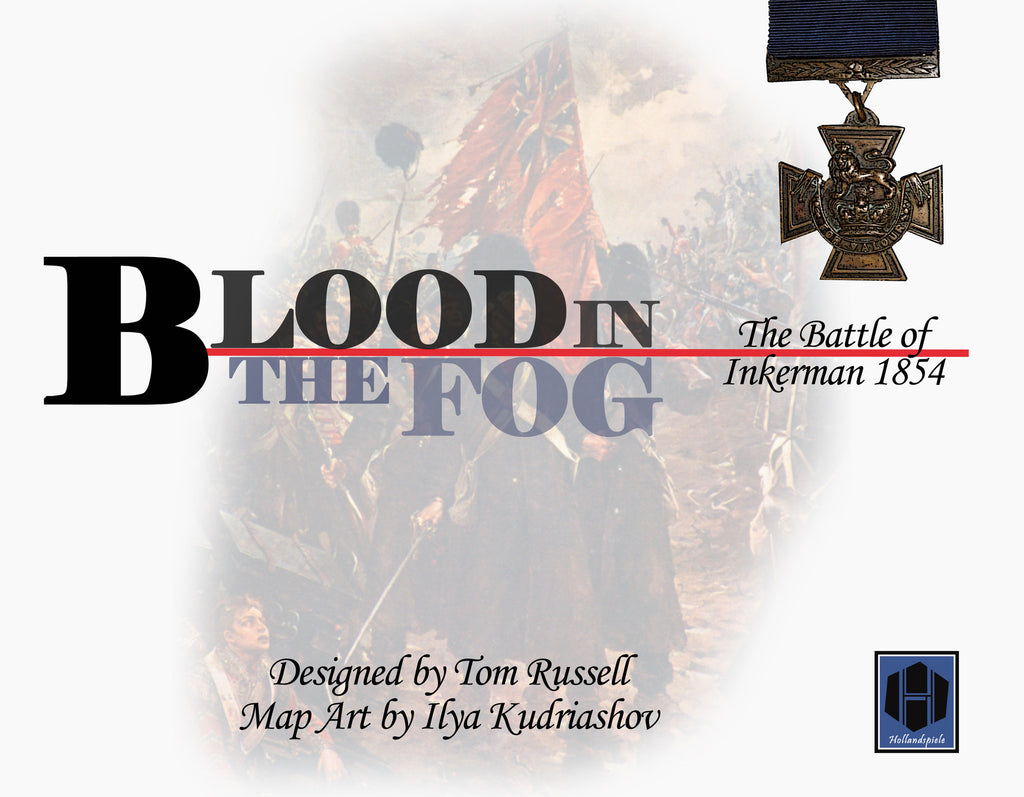Hollandazed: Thoughts, Ideas, and Miscellany — Inkerman
FROM THE ARCHIVES: "COUNTERFACTUAL: BLOOD IN THE FOG" (by Tom Russell)

People who don't know us well don't realize how utterly I depend on Mary, and how utterly hopeless I would be without her. It's not just that she keeps me centered, or focused, or that she brings out the best in me, though she does indeed do all of those things. It's not just that she keeps me safe from harm as I wander, Magoo-like, oblivious to the world around me and lacking anything resembling common sense. Though she does that too. Really, there are a thousand-thousand ways she makes my world go 'round, but the thing I'm talking about...
RUSSIAN VICTORIES AT INKERMAN (by Tom Russell)

"A panoramic view of Inkerman", 1854, William Simpson. One of the most interesting things about the Battle of Inkerman is that what should have been a Russian slam-dunk (sneak attack, dense fog negating the long-range of the Allied Minié Rifle, not to mention what was originally a five-to-one advantage in numbers) turned into a decisive, humiliating, lopsided defeat. The mechanisms that power Blood in the Fog are designed to recreate the factors that led to that lopsided Allied victory. That doesn't mean that the Russians can't win, however. It's harder for them to do so, and I would advocate that...
COUNTERFACTUAL: BLOOD IN THE FOG (by Tom Russell)

People who don't know us well don't realize how utterly I depend on Mary, and how utterly hopeless I would be without her. It's not just that she keeps me centered, or focused, or that she brings out the best in me, though she does indeed do all of those things. It's not just that she keeps me safe from harm as I wander, Magoo-like, oblivious to the world around me and lacking anything resembling common sense. Though she does that too. Really, there are a thousand-thousand ways she makes my world go 'round, but the thing I'm talking about...
DESIGNER'S NOTES: BLOOD IN THE FOG (by Tom Russell)

Excerpted from the rulebook. The first game I designed that ever made it to publication was Blood on the Alma (2012). It was a small, simple hex-and-counter game, with less than fifty units fighting over only a few hundred hexes. It was in some ways a flashy design, with a number of chrome rules and novelties that called attention to themselves. I had high hopes for it, as did the game's original publisher, Lock N Load, who asked me to design a sequel almost immediately upon accepting Alma. By the time Alma came out, I was ready with Blood in...
